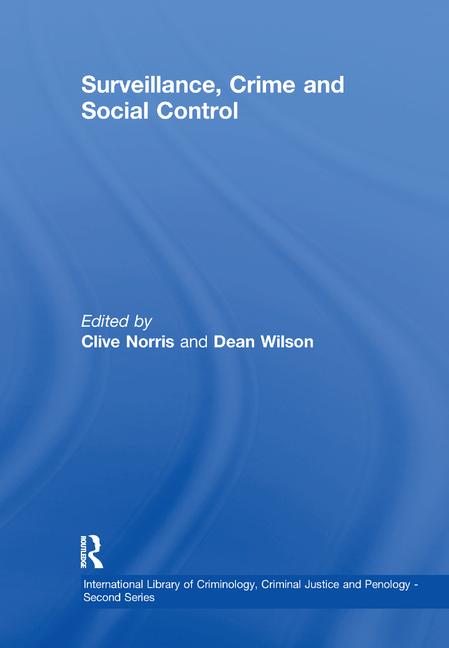OSHA Contemplates Workplace Violence Standard for Healthcare, Social Assistance Workers

Froedtert & the Medical College of Wisconsin have an entrance configuration that combines an exterior automatic sliding door with an interior two or three-wing revolving door. The design came from integrator Automatic Entrances of Wisconsin, which uses Boon Edam products. Photo courtesy of Boon Edam
The Occupational Safety and Health Administration (OSHA) has published a Request for Information (RFI) as to whether a standard should be developed to address workplace violence in the healthcare and social assistance sectors. The RFI specifically seeks information on issues that might be considered in developing a standard, including its scope and the types of controls that might be required.
OSHA explained that workplace violence in the healthcare and service assistance industries is substantially higher than in all other private sector industries. According to 2014 data from the Bureau of Labor Statistics, employees in these two industries experienced workplace violence-related injuries more than four times higher than employees in all other private sectors. Psychiatric hospitals have incidence rates over 64 times higher than the private industry as a whole. Nursing and residential care facilities have workplace violence-related injuries 11 times higher than those for the entire private industry.
While OSHA currently has Guidelines for Preventing Workplace Violence for Healthcare and Social Service Workers, this RFI seeks specific input from healthcare facilities on their respective experiences, how workplace violence should be defined, and how those employers should address threats – including verbal threats. The RFI also seeks input on recordkeeping and workplace violence incidents and whether such incidents meet the requirements for the OSHA 300 log. Further, the RFI asks for information on whom should be included in a possible standard – should it be a standard for certain occupations or is it more appropriate to include all healthcare and social assistance workers who work in certain facilities? OSHA also asks whether the standard should extend to all employees who provide direct patient care, regardless of their occupation or type of facilities, and which could include home healthcare.
In addition, OSHA asks these employers about workplace violence prevention programs currently in place and the effectiveness of those programs. The RFI seeks information about the communication of these programs, policy language, implementation of the policy and whether unions are consulted in developing this policy. OSHA also wants to understand best practices, zero tolerance policies and training, including the scope and format of the training and how often it is conducted.
The RFI further seeks information about existing or modified infrastructure and work practices or cross-disciplinary tools and strategies that have been found to be effective in reducing violence. In connection with this, OSHA wants to understand about controls for workplace violence prevention (security equipment, alarms, or other devices). Questions include understanding the kinds of equipment that are used, labor requirements and operating costs (such as security guards to monitor video cameras).
Finally, the RFI includes several questions about the costs and the likely economic impacts of any proposed standard. Questions include what employers believe are the potential economic impacts associated with a standard specific to the risk of workplace violence, including in terms of benefits from the reduction of incidents, effects on revenue and profit, and any other relevant impact measure. OSHA also is concerned whether its actions will have a significant economic impact on a substantial number of small businesses and seeks ways of minimizing the burdens on small businesses.
Looking for a reprint of this article?
From high-res PDFs to custom plaques, order your copy today!








